Corneal endothelial dysfunction (CED), which leads to vision impairment and corneal edema, has traditionally been managed through corneal transplants. Yet, with donor corneas in short supply, researchers have been exploring alternative solutions. Now, induced pluripotent stem cells (iPSCs) are emerging as a promising source of corneal endothelial cells (CECs), offering a renewable approach that could make CED treatment both accessible and sustainable.
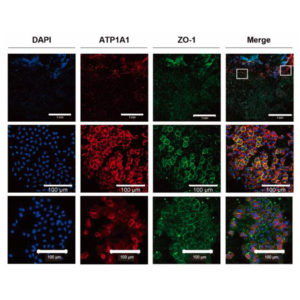
Immunohistochemistry reveals ATP1A1 and ZO-1 expression in transplanted cornea, showing larger, less dense CECs. Scale bars = 100 µm.
Key Findings: Restoring Corneal Health with iPSC-Derived CECs
In a recent study, researchers successfully differentiated iPSCs into CECs by first transforming them into neural crest cells (NCCs), a precursor stage in normal CEC development. These iPSC-derived CECs displayed the typical hexagonal structure and expressed critical markers—ATP1A1 and ZO-1—that are essential for CEC function. These markers enable the pump and barrier actions needed to maintain corneal clarity, suggesting that the iPSC-derived cells could perform similarly to native CECs.
Key results from the study include:
- Enhanced Clarity: In a rabbit model of CED, corneal clarity was significantly restored in just three weeks following transplantation with iPSC-derived CECs. The improvement was visible and sustained, suggesting that the transplanted cells effectively reversed corneal cloudiness.
- Stable Integration: Immunohistochemical analysis confirmed that the transplanted cells integrated well into the corneal tissue, maintaining expression of essential CEC markers such as ATP1A1 and ZO-1.
- Low Risk of Rejection: Importantly, no adverse immune responses were observed, which points to a reduced risk of graft rejection and supports the long-term viability of iPSC-derived CECs as a safe therapeutic option.
Why iPSCs Hold Promise for CED Treatment
Using iPSC-derived CECs to treat CED is a significant step forward for regenerative eye therapy. This approach could reduce dependence on donor corneas, providing a steady and scalable cell source that addresses both availability and compatibility issues. With continued refinement, iPSC technology is well-positioned to offer a practical and effective solution for those affected by corneal endothelial dysfunction.
Through iPSCs, researchers are charting a path toward an alternative to traditional corneal transplants—a development that could greatly expand access to vision-restoring treatments for CED patients around the world.



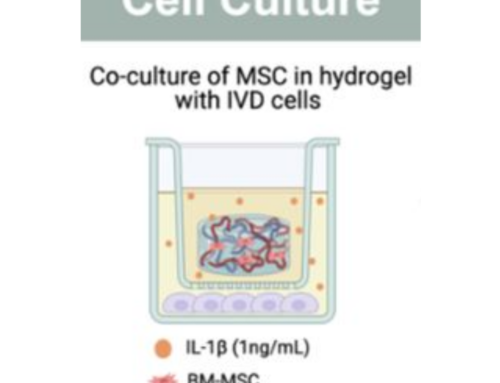
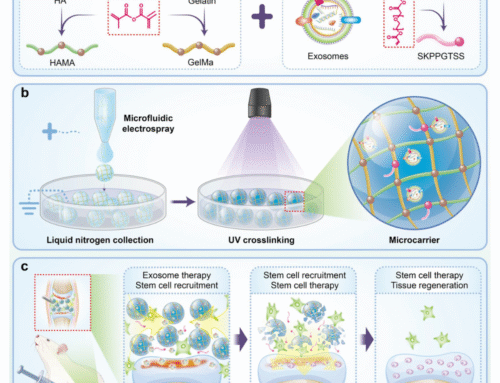

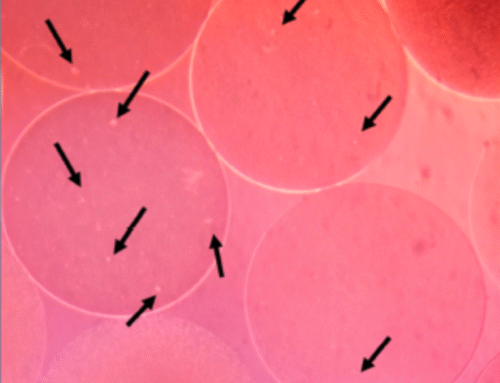
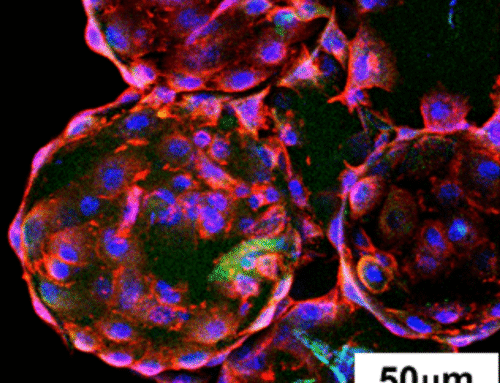
Leave A Comment